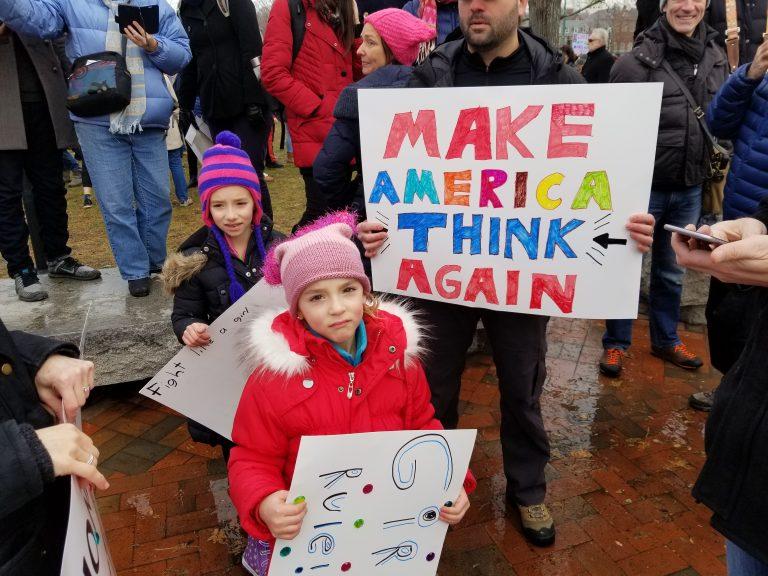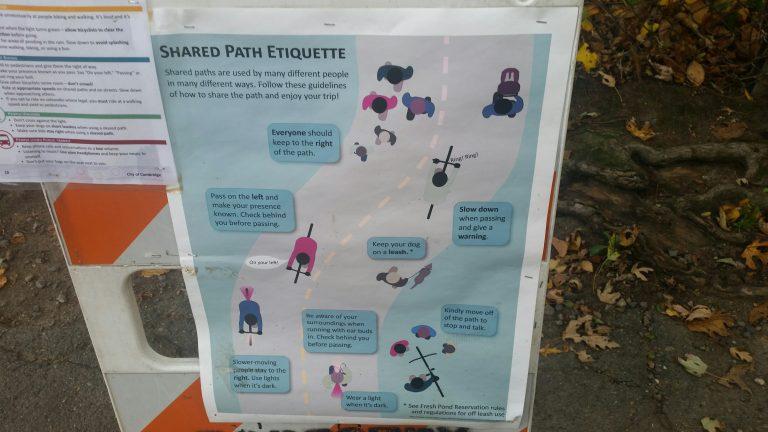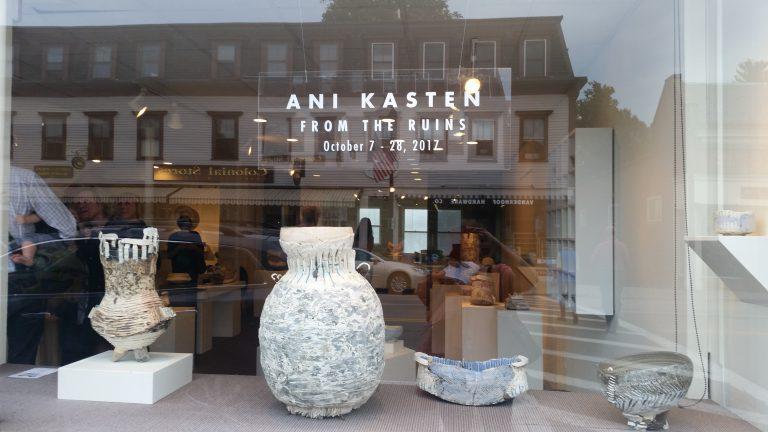Writer Anita Harris enjoyed the spirit and creativity exhibited at the 2018 Women's March in Cambridge, MA....
anita harris
Anita Harris is looking forward to her second Harvard Square chocolate tasting, tho she has qualms about...
At a recent MIT/Sloan Management School conference on Health Systems Innovation, MIT-Sloan Professor Retzef Levi laid out...
Writer, photographer and wunner (someone who walks and runs?) Anita Harris thanks Ranger Jean Rogers for...
Writer/photographer Anita Harris found Ani Kasten's ceramics show in Concord, MA, inspirational. Comprised mainly of vessels...
After someone gives Cambridge writer Anita Harris the finger at Fresh Pond (and, to be honest, Harris...





